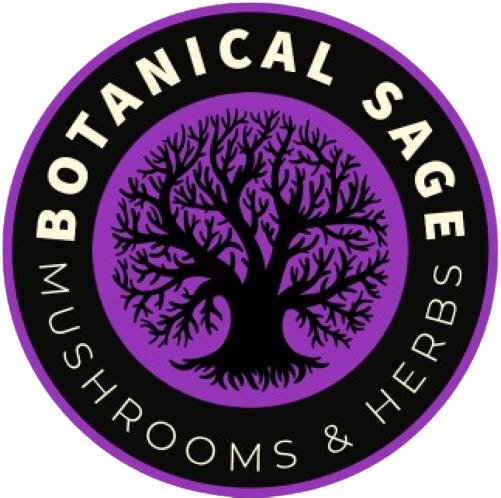Botanical Sage
Bedstraw Yellow Herb
Bedstraw Yellow Herb
Couldn't load pickup availability
Bedstraw, also known as Galium, encompasses several species of flowering plants in the Rubiaceae family. While there are numerous species of bedstraw, Galium aparine, commonly known as cleavers or stickywilly, is perhaps the most well-known. Here are some potential medicinal uses associated with bedstraw:
-
Lymphatic Support: Bedstraw has traditionally been used as a lymphatic tonic. It is believed to support the lymphatic system's function, aiding in the removal of waste and toxins from the body. As a diuretic, it may also support kidney function and help flush out toxins.
-
Detoxification: Due to its diuretic properties, bedstraw has been used to support detoxification processes in the body. By increasing urine output, it may help eliminate waste products and excess fluids, supporting overall detoxification.
-
Skin Health: Bedstraw has a history of use in herbal medicine for various skin conditions. It has been applied topically to soothe skin irritations, such as rashes and minor burns. Additionally, its cooling and astringent properties may help reduce inflammation and promote wound healing.
-
Urinary Tract Health: In traditional herbalism, bedstraw has been used to support urinary tract health. It is believed to have mild diuretic and anti-inflammatory properties, which may help alleviate symptoms of urinary tract infections (UTIs) and support urinary system function.
-
Digestive Aid: Some herbalists suggest that bedstraw may have digestive benefits. It is believed to have mild laxative properties that may help promote bowel regularity and alleviate occasional constipation. Additionally, its bitter principles may help stimulate digestion and support overall gastrointestinal health.
-
Anti-inflammatory Effects: Bedstraw contains compounds with potential anti-inflammatory properties. While further research is needed, these properties may make bedstraw beneficial for conditions involving inflammation, such as arthritis or inflammatory skin conditions.
-
Wound Healing: In traditional herbal medicine, bedstraw has been used topically to promote wound healing. Its astringent properties may help tighten and protect the skin, while its cooling effects may help soothe pain and inflammation associated with minor wounds and injuries.
-
Gallbladder Support: Bedstraw has been used historically to support gallbladder health. It is believed to have a cleansing effect on the liver and gallbladder, potentially aiding in the breakdown of fats and promoting bile flow.
-
Mild Sedative: Some herbalists suggest that bedstraw may have mild sedative effects, which may help promote relaxation and relieve tension. While not a primary use, these properties may contribute to its traditional use in promoting overall well-being.
It's important to note that scientific research on the medicinal properties of bedstraw is limited, and many of its traditional uses are based on anecdotal evidence. As with any herbal remedy, it's advisable to consult with a healthcare professional before using bedstraw for medicinal purposes, especially if you have any underlying health conditions or are pregnant or breastfeeding.


